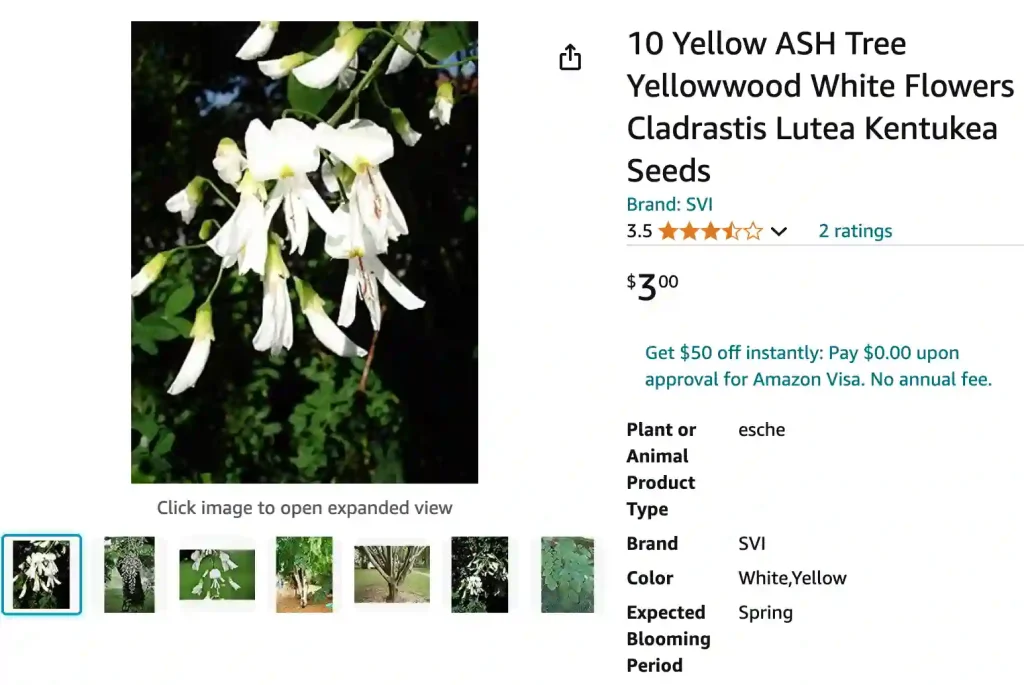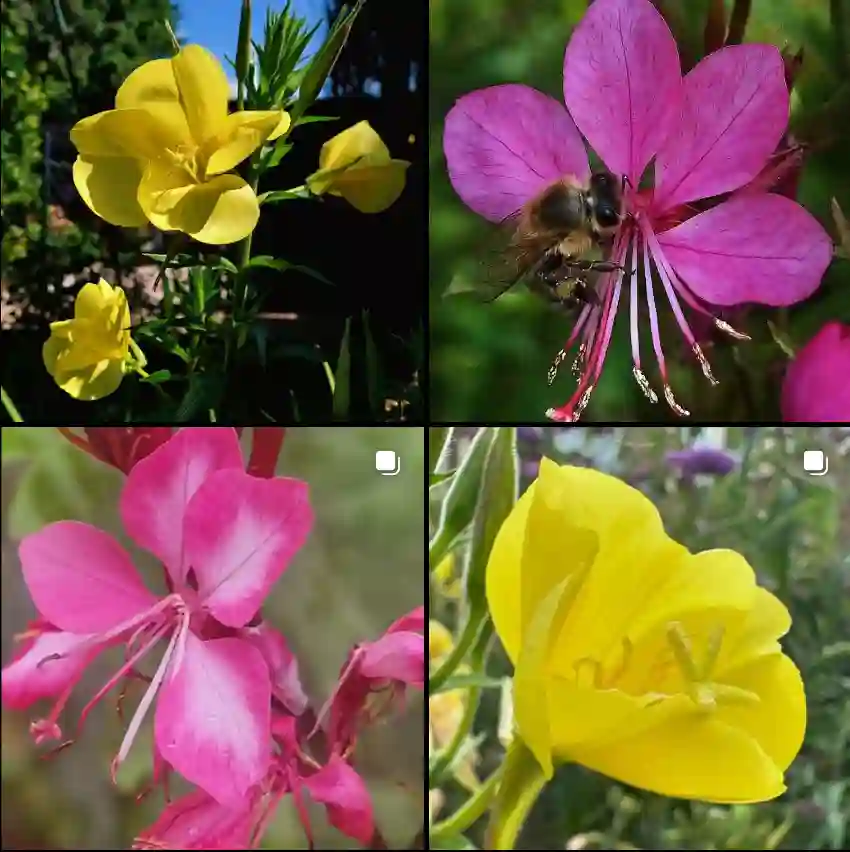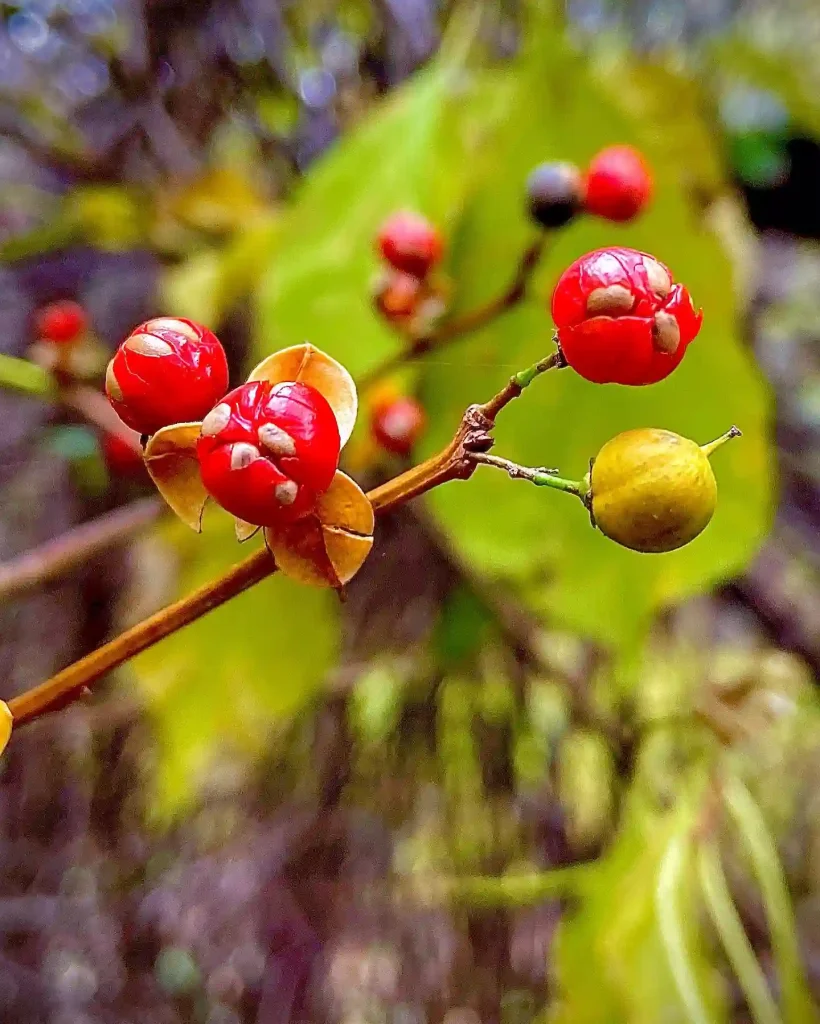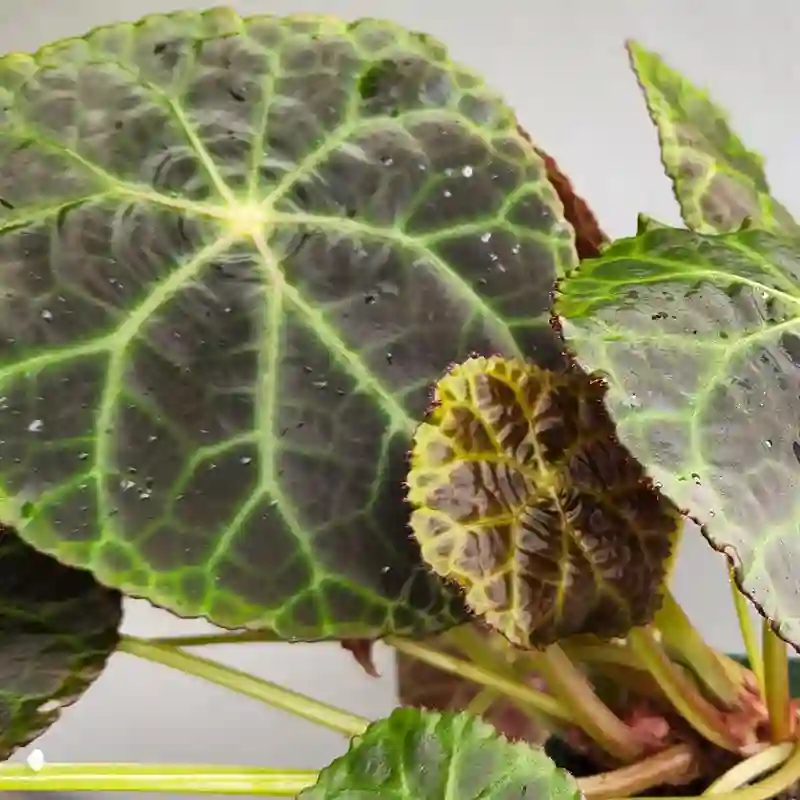
FAQs About Cladrastis Kentukea
I’ve been growing Cladrastis Kentukea, also known as the Yellowwood tree, for a while now, and I’ve fielded many questions about this beautiful plant. In this article, I’ll cover some of the most frequently asked questions about Cladrastis Kentukea to help you understand how to grow and care for it.
What is Cladrastis Kentukea?
Cladrastis Kentukea, commonly known as Yellowwood, belong to the Fabaceae family, is a deciduous tree native to the southeastern United States. It’s celebrated for its striking, fragrant white flowers that bloom in late spring or early summer, as well as its golden-yellow foliage in the fall. It’s a medium-sized tree, typically reaching 30 to 50 feet in height, with a broad, rounded crown.
Plant Family: 796 Genera in Fabaceae
Will Cladrastis Kentukea Tree Grow in Washington DC?
Washington DC, with its humid subtropical climate, is generally suitable for Cladrastis Kentukea. This tree thrives in USDA Hardiness Zones 4 to 8, and Washington DC, falls into Zone 7. The key to success in this region is ensuring the tree receives well-drained soil and full sun to partial shade. Yellowwood is relatively adaptable but prefers slightly acidic to neutral soil. With proper care, you should see this tree flourishing in the DC area.
How to Care for Cladrastis Kentukea?
Caring for Cladrastis Kentukea involves a few important steps:
- Sunlight: Plant it in a location that receives full sun to partial shade. It thrives best with at least 6 hours of direct sunlight daily.
- Soil: Ensure the soil is well-drained. Yellowwood doesn’t like soggy roots, so avoid areas with poor drainage.
- Watering: Water the tree regularly, especially during dry periods, to keep the soil moist but not waterlogged.
- Pruning: Prune the tree in late winter or early spring before new growth begins to maintain its shape and remove any dead or damaged branches.
- Fertilizing: Use a balanced fertilizer in early spring to promote healthy growth.
How to Propagate Cladrastis Kentukea?
Propagating Cladrastis Kentukea can be done through several methods:
- Seed: Collect seeds from mature trees in the fall. Stratify the seeds by placing them in a moist, cold environment for a few months before planting. Sow the seeds in spring in well-drained soil.
- Cuttings: Take softwood cuttings in late spring or early summer. Dip the cuttings in rooting hormone and plant them in a mix of perlite and peat moss. Keep the cuttings in a humid environment until roots develop.
What to Plant with Cladrastis Kentukea?
Cladrastis Kentukea pairs well with a variety of plants due to its striking appearance. Consider planting it alongside:
- Shade-Loving Plants: Hostas and ferns can thrive in the shade provided by the tree’s canopy.
- Spring Bulbs: Tulips and daffodils can add color to the space when the tree is not in bloom.
- Groundcovers: Creeping thyme or sweet woodruff can add texture and complement the tree’s roots.
Can You Grow Cladrastis Kentukea Indoors?
Cladrastis Kentukea is best suited for outdoor environments. Its size and growing requirements make it impractical for indoor cultivation. It needs ample space and sunlight that indoor conditions typically can’t provide. For those interested in indoor trees, consider smaller species like Ficus or Dracaena.
Is Cladrastis Kentukea Toxic?
Good news—Cladrastis Kentukea is not considered toxic to humans or pets. It’s a safe choice for gardens where children and animals play. However, it’s always a good idea to monitor your pets to prevent them from chewing on any plants.
Benefits of Cladrastis Kentukea
Yellowwood offers several benefits:
- Aesthetic Appeal: Its showy flowers and vibrant fall foliage make it a standout feature in any landscape.
- Shade: The broad canopy provides excellent shade, making it a great choice for creating a cool area in your garden.
- Wildlife: Its flowers attract pollinators like bees and butterflies, supporting local biodiversity.
Common Problems with Cladrastis Kentukea
While Yellowwood is generally hardy, it can face a few issues:
- Pests: Look out for aphids and scale insects. Regular inspection and treatment with insecticidal soap can help manage these pests.
- Diseases: Watch for fungal diseases such as leaf spot or powdery mildew. Ensure proper air circulation around the tree and avoid overhead watering to prevent these issues.
- Winter Damage: In colder climates, protect the tree’s base with mulch to prevent root damage from frost.
Cladrastis Kentukea vs. Lutea
Cladrastis Kentukea is often confused with Cladrastis Lutea, another species known as the Yellowwood or American Yellowwood. While they share similar characteristics, here are the differences:
- Flower Color: Both species have yellowish flowers, but Cladrastis Kentukea typically produces more fragrant and larger blooms.
- Growth Habit: Cladrastis Lutea may have a slightly different growth pattern, sometimes with a more upright habit compared to the broader spread of Cladrastis Kentukea.
In summary, Cladrastis Kentukea is a magnificent tree with a lot to offer. Whether you’re in Washington, DC, or elsewhere, this tree can be a beautiful addition to your landscape with the right care and conditions.
If i die, water my plants!



